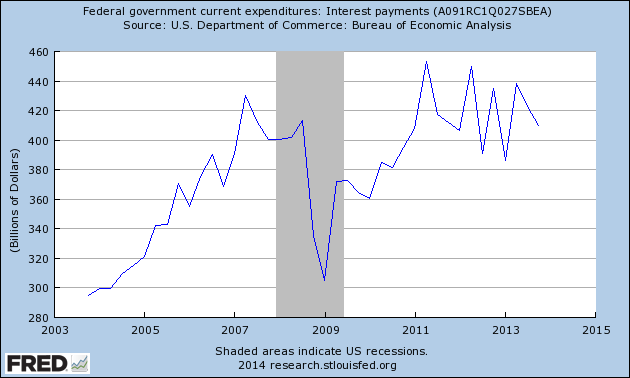Debt Reckoning
Post on: 29 Апрель, 2015 No Comment

There is no quick and easy way for investors to get a handle on a company’s debt situation. But as a starting point, debt ratios offer a valuable method for assessing a company’s fundamental health. Looked at in context and over time, debt ratios can offer valuable signals of deepening debt problems. An example of this was seen during the financial crisis of 2008/09, whereby many financial institutions overleveraged themselves with debt, and as assets fell in value, the ratio of debt within the organizations became too high to be sustainable. Recognizing those situations, in advance, can save investors a lot of money. In this article we’ll examine one specific debt ratio in detail, to help you do that: the debt-to-equity ratio.
Importance of Looking at Debt
Debt-To-Equity = Total Liabilities / Total Shareholders’ Equity
Quite simply, the higher the figure, the higher the leverage the company employs. Notice that this ratio uses all liabilities (short-term and long-term), and all owner’s equity (both invested capital and retained earnings ).
Interpreting the Ratio
Let’s say a company has long-term debt of $10 million in the form of a bond outstanding and equity of $10 million. The debt-to-equity ratio is 1 (10/10=1). If the same company has the bond outstanding and only $1 million in equity, then the debt-to-equity ratio is 10 (10/1=10). This company is probably in big trouble. Alternatively, if the company has the $10 million bond outstanding and $20 million in equity, giving a debt-to-equity ratio of 0.5, investors can feel a little bit more comfortable. We can interpret a debt-equity ratio of 0.5 as saying that the company is using $0.50 of liabilities in addition to each $1 of shareholders’ equity in the business.
Granted, a company with no debt may be missing an opportunity to increase earnings by financing projects that will give a better return than the cost of the debt. A little debt can be good for a company’s earnings. On the other hand, a high debt-to-equity ratio translates into higher risk for shareholders since creditors are always first in line for compensation should the company go bankrupt. Shareholders must wait at the back of the queue for dibs on assets.
In the big picture, the debt-equity ratio tells us that debt isn’t bad as long as there is a sufficient amount of equity. When an investor buys equity it reflects positively on the company’s outlook. On the other hand, it’s a bad situation when a company can only raise money by issuing debt.
Comparing Companies

After determining the extent of a company’s debt, the investor should next assess whether the company’s debt-to-equity ratio is too high. As with any ratio, this depends on a company’s industry; however, it’s generally accepted that industrials should maintain a debt-to-equity ratio between 0.5 and 1.5.
Another way to gauge the strength of a company is to companies with similar credit ratings — which the big credit rating agencies, Moody’s and Standard & Poor’s (S&P) — provide for investors to look up. Investors can then get a better sense of whether a company is highly leveraged compared with peers and possibly a candidate for a downgrade.
A credit downgrade is no trivial matter since it raises borrowing costs. A company with the lowest of the four investment grade ratings — Baa in Moody’s rating system and a BBB from S&P — can borrow at an average of 3.6 percent points over benchmark treasury. Once companies slip into junk status, they are in dire straits. As default rates on junk-rated debt is above nine percent, companies with junk status face an average interest rate that is a whopping ten percent points above Treasuries—these days, that translates into roughly 12 percent for a five-year loan.
Firms have been adding to their borrowings and thereby squeezing out greater returns for their investors. On average, debt-to-equity ratios have been on the rise over the past two decades. But shorter technology and product cycles, persistent de-regulation and fiercer global competition also keep adding risks to the business environment and to company fundamentals. Investors need to think carefully about how much of the extra debt risk they want to bear.
Here is one final warning: although the debt-to-equity ratio is a valuable number to examine, investors cannot focus only on it without any other indicators. There are a number of frequently used debt ratios that show how much a company relies on debt financing. These include the debt ratio. the current ratio. interest coverage, etc. Together they vividly show how the amount of debt leverage can vary between healthy firms with low debt levels and plenty of cash to service it and troubled companies that are heavily leveraged and cash-poor.














